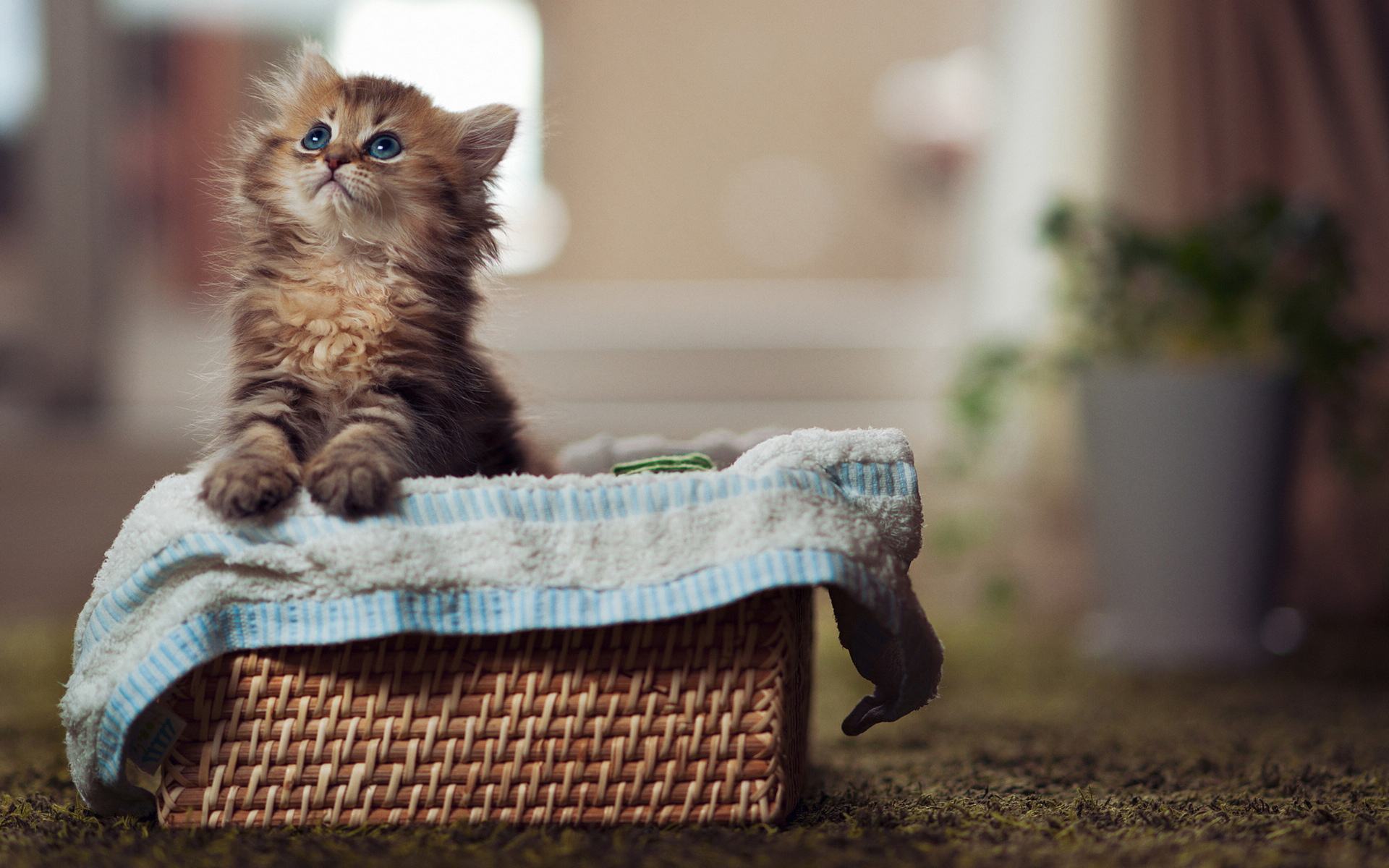How is cat food made with extruders and molding machines? (Part 2)
Characteristics and production methods of wet food
FEATURE
Wet food has the following characteristics:
More than 80% moisture
Unable to save after opening
Diverse species
More than 80% moisture
It has the highest water content of the four foods and is soft and easy to eat. Because it contains a lot of water, you can also hydrate while nourishing.
Unable to save after opening
It contains a lot of moisture and can easily spoil if exposed to air, so it should be eaten at least the next day after opening.
Diverse species
There are cans, bags, aluminum trays, plastic cups and other types.
There's also a well-rounded nutritious diet, but it's basically a snack between meals
While wet food is a comprehensive nutritional diet, most are snacks or treats as a reward.
MANUFACTURING PROCESS
The basic production process of wet food is as follows.
(1) Receipt of raw materials
(2) Raw material pretreatment
(3) Raw material mixing
(4) Degassing seal
(5) Sterilization and cooling
(6) Cleaning, packaging, inspection, packaging
Shipping
① Acceptance of raw materials
In the manufacturing plant, incoming raw materials are inspected and only raw materials that meet established standards are used.
In order to prevent quality deterioration, we carry out proper storage management according to raw materials.
②Pretreatment of raw materials
Wet foods are mainly made from meat and fish.
Wash the ingredients thoroughly, removing the heads and guts. After the fish is steamed at 100 degrees, skin and core are removed.
Anything that cannot be removed by visual inspection or removal equipment can be detected using a metal detector.
③Mixing of raw materials
Raw materials are cut, mixed and packaged in cans and bags. At that time, missing nutrients and additives were added.
④Degassing seal
Remove air (degas) from cans and bags before sealing.
By properly removing air, it prevents changes in flavor and nutrients, and protects food from water and bacteria.
⑤ Sterilization and cooling
In order to prevent the growth of microorganisms, heat sterilization is carried out within a certain period of time after the raw materials are processed.
In order to prevent quality deterioration, immediately cool down to 40 degrees or less after sterilization.
⑥Cleaning, packing, inspection, packing
Remove contaminants such as oil that stain the container, open the can for inspection, and store the product in an environment suitable for quality maintenance.
⑦Shipping
When transporting, handle carefully to avoid the container being damaged by strong impact.
Before the wet food is sealed, the air inside is drawn away, and then heated and sterilized, and the flavor can be retained until the package is opened.

Characteristics of soft dry food
FEATURE
Soft dry food has the following characteristics.
Moisture content 25-35%
After heating and foaming, cooling does not dry
Use of preservatives and additives
Moisture content 25-35%
It is a soft-textured food that sits between dry and wet food.
Although it has less moisture than wet food, it is best eaten as soon as possible as it tends to spoil after opening.
After heating and foaming, cooling does not dry
The semi-raw food type also has semi-moist food. Both have a moisture content of 25-35%, but are prepared differently than semi-moist foods. Soft dry food is heated and foamed just like dry food, and then cooled directly without drying.
Use preservatives
Preservatives are often used to maintain quality after opening, so be careful.
About semi-moist food
Propylene glycol, once used as a humectant in semi-moist foods, has been found to be highly toxic to cats. Currently banned for use in cat food.
As a result, semi-moist cat food is hardly produced today.
GENERALIZE
Cat food can be divided into four categories based on moisture content and manufacturing method, but currently semi-moist cat food is rarely produced.
Dry food has a moisture content of 10% or less and has a long shelf life.
By mixing chopped ingredients and heating to 100 degrees with steam, the starch is gelatinized to make it easier for cats to digest.
It is made by heating and pressurizing an extrusion molding machine called an extruder, after heating and pressurizing, it is dried and cooled in an oven.
Wet grains have a water content of 80% or more and are hydrating at the same time.
Perishable after opening, eat within the next day.
Prevents flavor and nutritional changes and prevents ingress of water and bacteria by removing air before sealing.
Heat and sterilize the raw materials within a certain period of time after processing.
Soft-dry and semi-moist are both at 25-35% moisture, but are made differently. Soft dry foods can be heated, foamed and cooled without drying, semi-moist and non-heated and foamed, and preservatives are often used.




